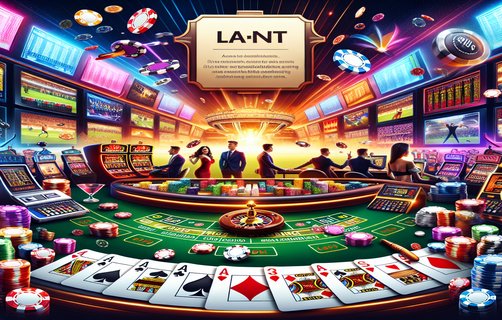An Economic Analysis of Rajya Lottery Sambad: Balancing Rewards and Responsible Gambling
The lottery system, particularly the Rajya Lottery Sambad, presents a fascinating playground for economists and gambling practitioners alike. It illustrates the intricate dance between chance, risk, and reward—a microcosm of decision-making under uncertainty that can be analyzed through economic theory. This discussion delves into key elements such as monthly bonuses, progressive jackpots, and responsible gambling initiatives while advocating for a comprehensive understanding of gambling behavior among players.
First, we consider the concept of monthly bonuses. From an economic standpoint, monthly bonuses offer a tangible incentive that stimulates continued participation in the lottery. They act as a form of behavioral reinforcement, luring players back each month to try their luck, which can be seen as a response to the law of diminishing marginal utility. With each ticket purchase, players gauge their utility—the satisfaction derived from potential winnings—against the cost of that ticket. Monthly bonuses heighten this utility, as they introduce a sense of immediate gratification, making regular participation an appealing prospect.
Furthermore, the allure of progressive jackpots cannot be understated. These jackpots increase as more tickets are sold, turning a mere ticket purchase into a minuscule investment in a potentially life-changing payout. Economically, this aligns with a risk-reward theory. Players are willing to spend money with the hope that the payoff will significantly outweigh their investments. However, an important aspect that emerges from this gamble is the structure of the expected value—a crucial determinant in a player’s decision-making process. While the progressive jackpots can reach staggering heights, the probability of winning remains low, culminating in high-risk behavior that may lead to economic hardship for some.
The concept of aggressive play represents another layer of analysis in this lottery ecosystem. Aggressive players often ignore the long-term implications of their gambling habits, focusing instead on potential short-term gains. This behavior can be likened to speculative investment in the stock market, where the decisions are largely emotional rather than rational. Economists argue that aggressive play is often fueled by cognitive biases, particularly the availability heuristic, whereby individuals overestimate the probability of winning based on recent wins or stories from others. This psychological influence can distort their sense of risk and lead to detrimental betting patterns.

Patience in gambling offers a counterbalance to aggressive play. Economically, patience can be viewed as a strategy for minimizing losses while optimizing potential gains. It involves a thorough understanding of probability and the long-term nature of lotteries. Players who exhibit patience recognize that consistent, small investments over time can yield a better return than sporadic, impulsive bets. This aligns with the principle of prospect theory, where individuals evaluate potential losses and gains asymmetrically, often leading to wiser decision-making when armed with a clear strategy.
Furthermore, the slot themes employed in lotteries play a crucial role in shaping the gambling experience. These themes not only serve as entertainment but also psychologically engage players, enhancing their immersion. The use of graphic designs, narrative storytelling, and the integration of pop culture can create positive emotional responses that exceed mere monetary value. This highlights the importance of branding—a critical element in •economic models that address consumer behavior in gambling.

Lastly, any analysis of the Rajya Lottery Sambad necessitates a discussion of responsible gambling initiatives. Such initiatives reflect an increasing awareness of the social and economic ramifications of gambling. A balanced approach should not only focus on promoting participation but also prioritize the welfare of players. Economic externalities stemming from gambling, including addiction and financial strain, necessitate safeguards to mitigate risks. Strategies like self-exclusion programs, informational campaigns, and limits on purchasing can ensure responsible engagement, ultimately contributing to a healthier gambling environment.
In conclusion, the Rajya Lottery Sambad encapsulates a multifaceted economic framework that intertwines risk and reward with responsible practices. By analyzing the dynamics of bonuses, jackpots, aggressive versus patient gambling, enticing slot themes, and the necessity for responsible gambling, one can appreciate the complexities of this engaging market. The interplay of these factors not only influences individual behavior but shapes broader economic trends within the gambling landscape, underscoring the need for continual advocacy for balanced participation.
